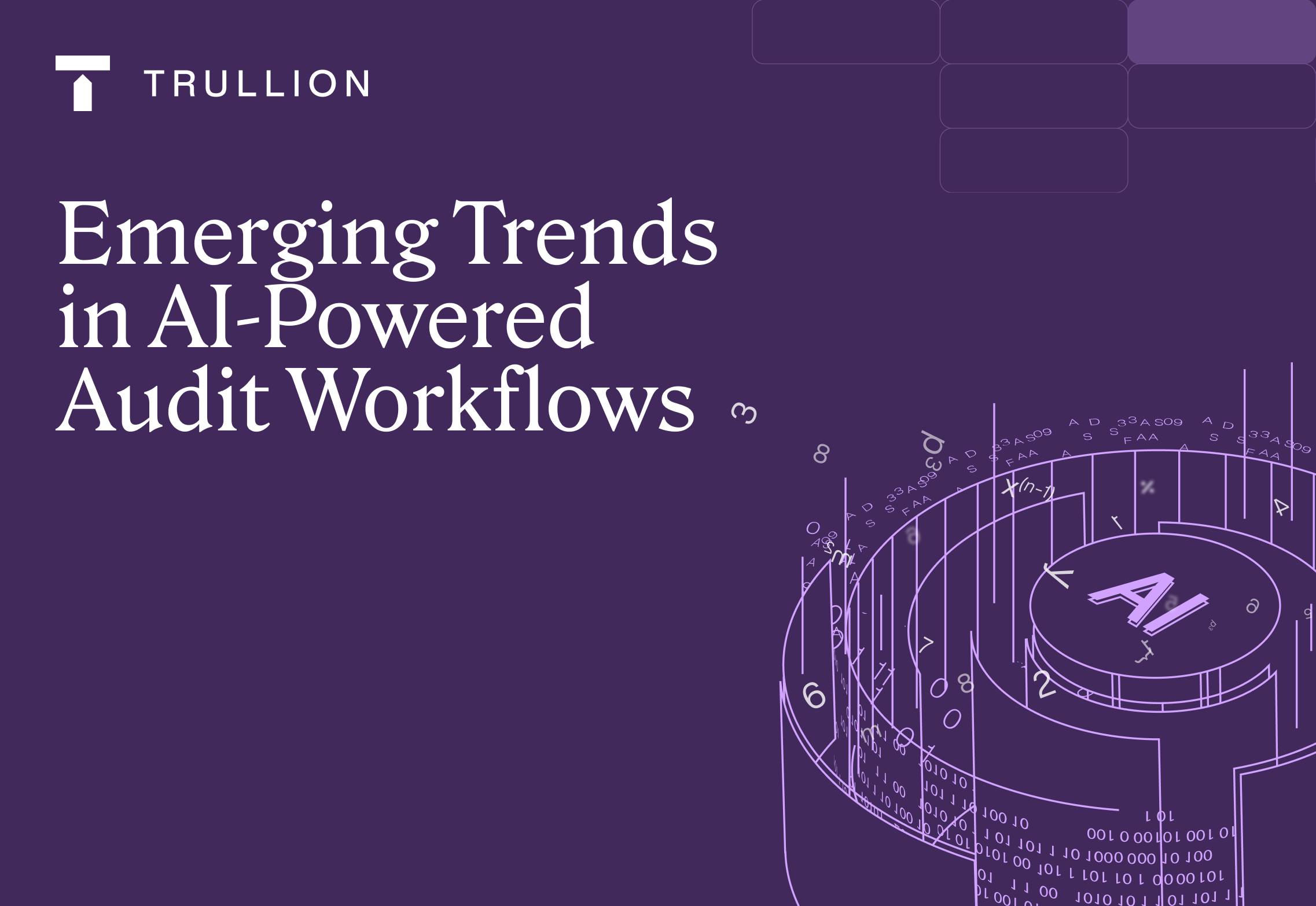The concept of the “last mile” has been made famous by delivery and logistics companies. While getting a package, for example, from a factory in China to a regional distribution center in the US is relatively complex, getting it from the distribution center to the customer’s home – the last mile – is often the most expensive, time-consuming, and challenging part of the delivery process.
This concept has been applied to many industries and use cases. The goal is to drive efficiency within that last element in order to keep total costs in check and pace of work on track.
What many people don’t realize is that there is a crucial last mile when it comes to financial data. This is the critical element that has an outsize impact on so many aspects of the finance and accounting process.
The “Last Mile” in Finance and Accounting
With accounting and finance leaders beginning to appreciate the tremendous benefits of leveraging AI within their processes and workflows, the focus has shifted to the quality of inputs at their disposal: that is, the data that the AI systems have to work with.
While much data is structured and organized, there typically exists a percentage of data that is unstructured, not organized, and can significantly impact the efficiency of an organization’s entire AI project. This is the last mile of financial data.
The Importance of Centralizing Data
The focus on bringing documents and unstructured data into the workflow underscores a critical point that professionals in this field have started to recognize: the immense value of having document data consolidated in one location. This integration plays a pivotal role in streamlining processes and improving efficiency. Having all relevant document data easily accessible and part of the everyday workflow not only saves time but also reduces the risk of errors and oversights.
Critically, having this data centralized enables teams to build up the finance layer, and allows AI tools to effortlessly “do their magic,” providing analyses, surfacing insights, automating manual tasks, eliminating errors, and ensuring compliance.
Accounting Automation is Key
For Chief Accounting Officers (CAOs) and their teams, the automation of complex tasks like lease accounting and revenue recognition presents a significant opportunity to add value.
By automating these processes, finance departments can add value both internally and externally.
Internally, automation allows for more strategic use of human resources, as finance professionals can redirect their focus from manual data processing to more analytical and value-adding activities. This shift is a crucial step in evolving the role of finance departments from number-crunchers to strategic business partners.
Externally, this process can also help in reducing redundancy and duplication in the flow of data, creating a more efficient and accurate system. This centralization ensures that auditors and other financial professionals can work from a single source of truth, enhancing the reliability and integrity of financial data.
Trullion: The Key To Solving The Last-Mile Challenge
Trullion solves the last mile challenge for siloed data, without which there may be no “delivery” – putting the entire AI initiative at risk and often leading to ballooning costs.
Trullion’s accounting oversight platform uses AI to simplify revenue recognition, lease accounting, and audit workflows.
When it comes to the last mile of financial data – that critical remaining percentage of unstructured data – Trullion serves as a central repository where that data can be analyzed and stored. Organizations now have access to all their data, in one place, and are able to make the best decisions possible, maximize value, and ensure complete accuracy and compliance.
Trullion effectively reduces the total cost of ownership for finance and reporting systems. The platform streamlines and simplifies the complexities often associated with financial reporting, offering a more efficient and cost-effective approach.
For instance, a notable shift has been observed in the auditing process due to Trullion’s influence. Auditors, who traditionally relied on extracting sample data from ERP systems, are now increasingly benefiting from direct engagement with the Trullion platform and AI-Powered Audit tools. This change signifies a major shift in auditing methodologies and showcases the high level of trust and efficiency associated with Trullion.
Building Your 360° View
By leveraging the automation provided by Trullion, companies, auditors, and other finance and consulting professionals can solve the problem of last mile financial data – and truly experience the full power and benefits of AI within their workflows. Learn more, by requesting a demo today.










